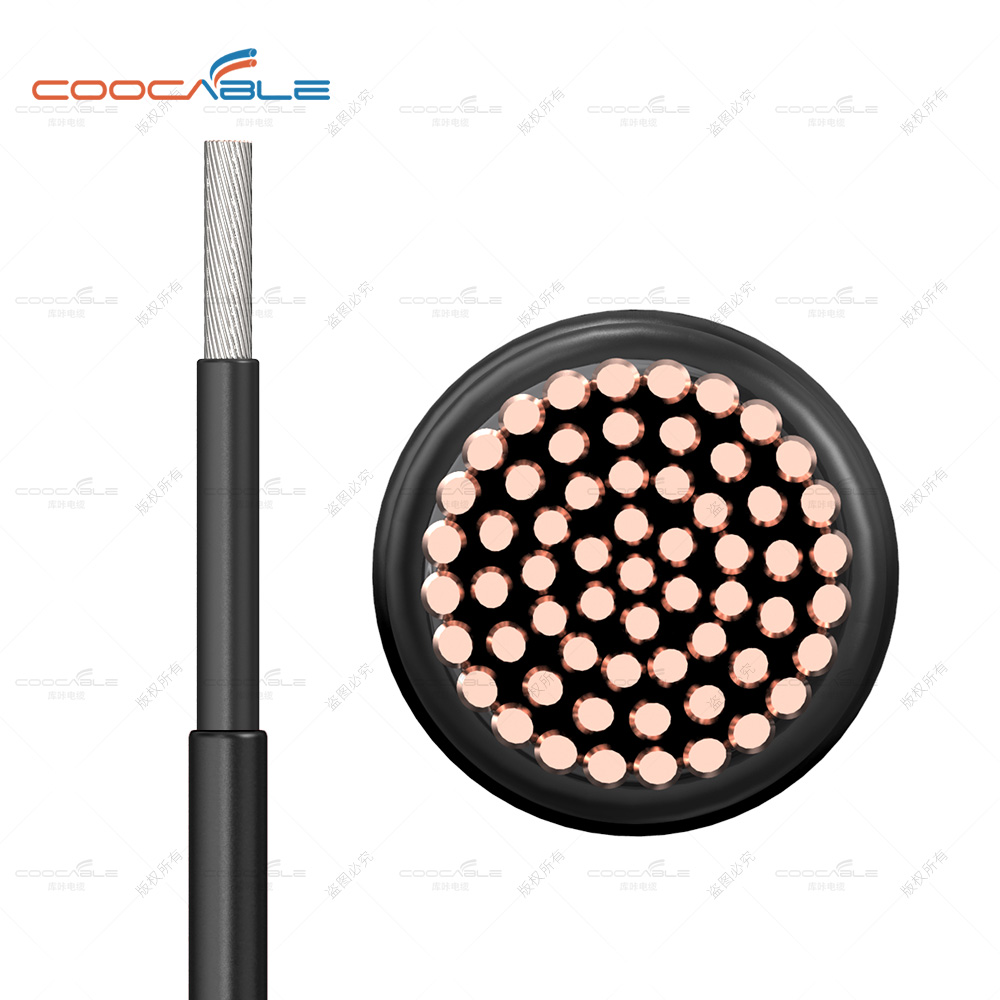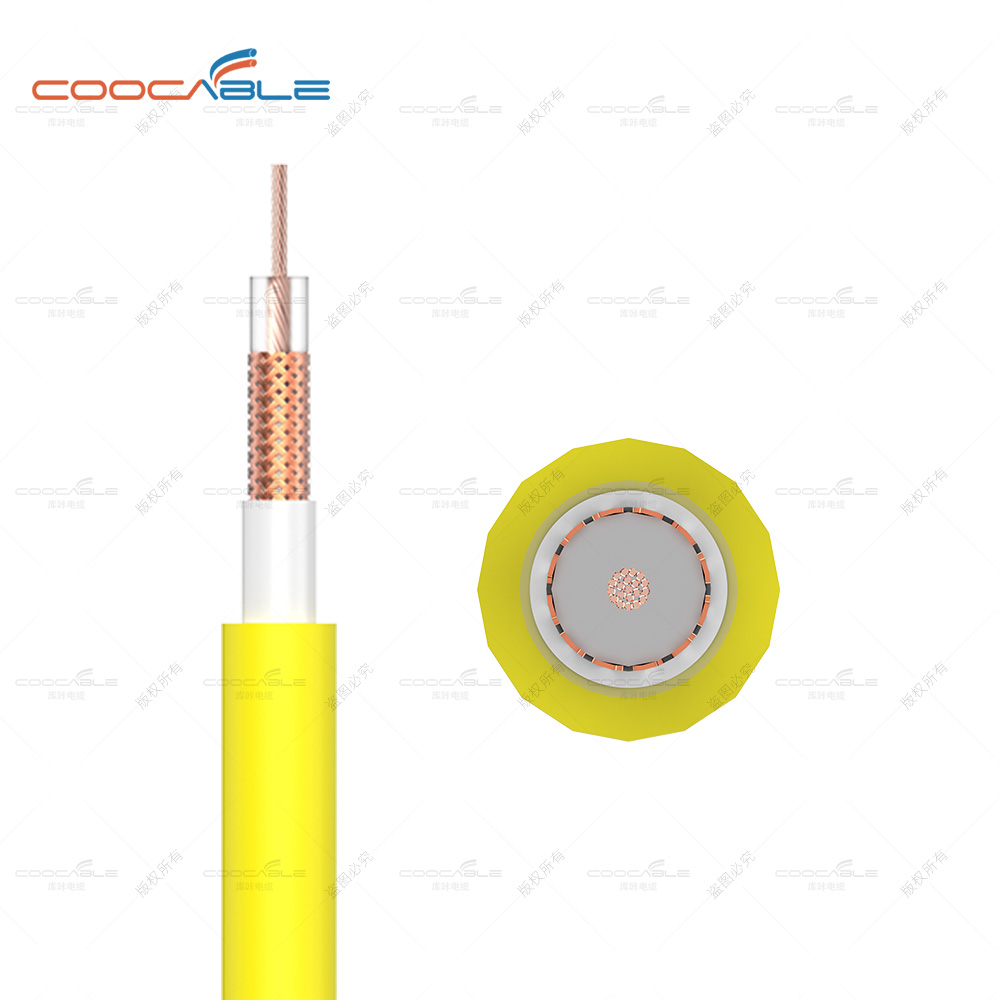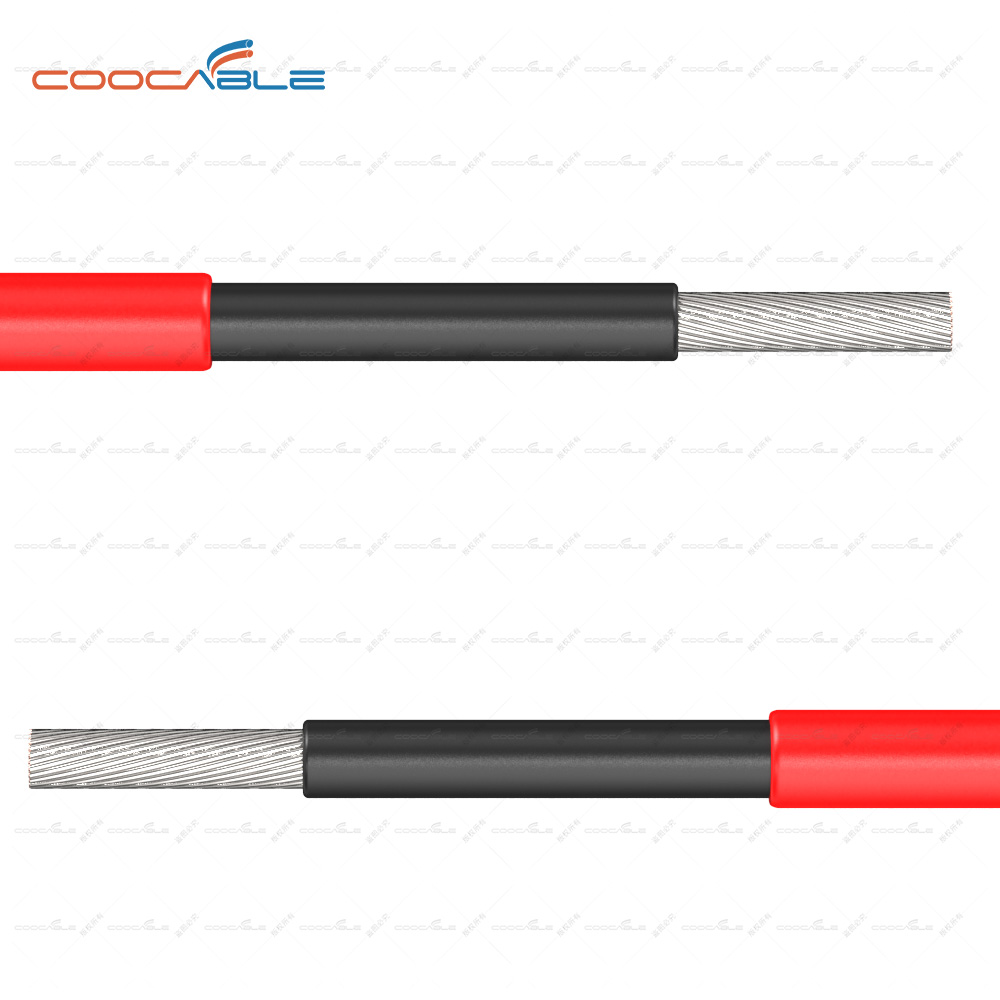India, with a 19 per cent decline in installed PV in the first half of 2023!
India's installed PV capacity stood at 6,794 MW in the first half of 2023 (January-June), down 19 per cent year-on-year from 2022, according to energy analyst JMK Research.
Solar now accounts for 54% of India's total renewable energy (129.6GW), up 3% from 51% last year. However, JMK said that for India to meet its clean energy target of 500GW by 2030, it will need to ramp up deployment in all solar sectors and wider renewables, and focus on building a domestic PV manufacturing sector.
200MW project in Gujarat, India, the state with the highest installed solar capacity in India in H1 2023
Of the 6.7GW of installed capacity in H1, rooftop solar reached 2.29GW, surpassing the market size for the whole of 2022. Regarding the recent growth in the rooftop segment, India saw 862MW of installed rooftop solar capacity in H1 2021, a growth of 210 per cent over the same period in 2020.
Gujarat was the highest state to add solar capacity in the first half of the year at 1.6GW, followed by Rajasthan at around 1.5GW.
Notably, Rajasthan was not the headline installer in H1 2023. The state has long been a leader in the Indian solar industry, with almost half of the installed or planned capacity last year in Rajasthan.
India's solar market has been in a bit of trouble lately, with JMK reporting that the country's installed capacity for FY2022 is significantly lower than expected, reaching only 12.8GW of the 20GW expected target.
This is largely due to India's attempts to build domestic capacity away from its dependence on Chinese imports. The Basic Customs Duty (BCD) on Chinese PV products, the Capacity Linked Incentive (PLI) scheme and the Approved List of Models and Manufacturers (ALMM), which is designed to stimulate domestic production, have led to a mismatch between supply and demand, as domestic policies struggle to make up for the fall in imports.
Another analyst firm, Bridge of India, told PV Tech Premium in early 2023 that it expects the "tight component supply situation" to continue into this year."
Looking ahead, JMK said that the pace of deployment will accelerate in the second half of 2023 and continue into FY2024 due to the decline in module costs over the past few months as well as the relaxation of ALMM requirements, which has effectively increased likely deployment in India.





